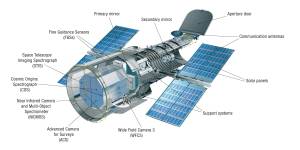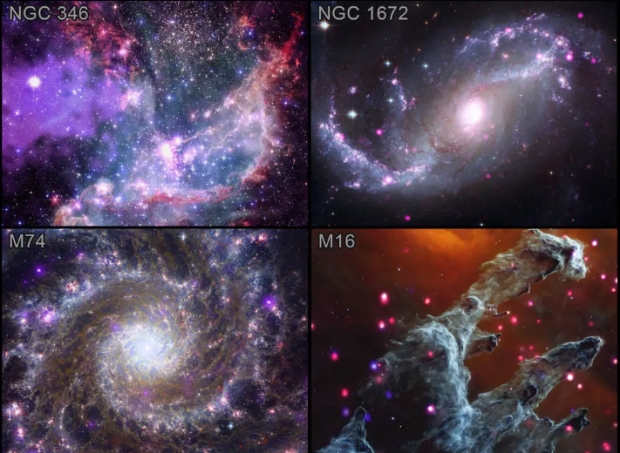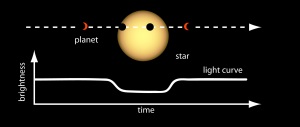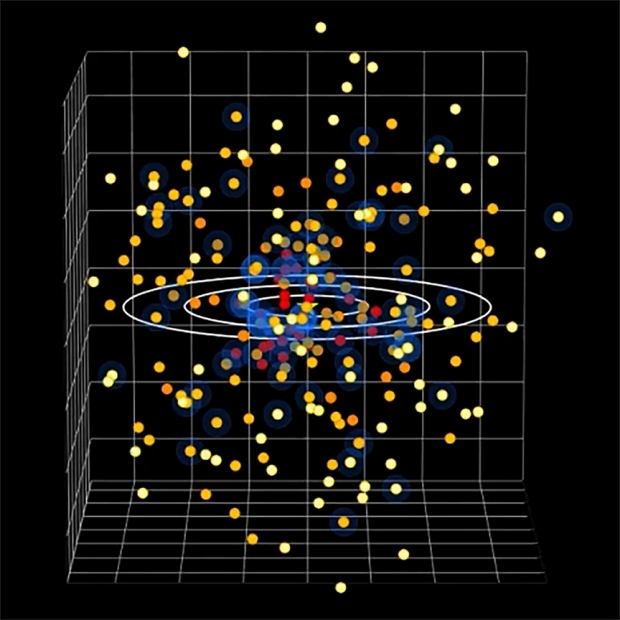At
6.14.24
Paul Gilster
Great observatories work together to stretch the boundaries of what is possible for each. Data from the Chandra X-ray Observatory were used in tandem with the James Webb Space Telescope, for example, to observe the death of a star as it was consumed by a black hole. JWST’s infrared look at this Tidal Disruption Event (TDE) helped show the structure of stellar debris in the accretion disk of the black hole, while Chandra charted the high-energy processes at play in the cataclysmic event.


Or have a look at the image below, combining X-ray and infrared data from these two instruments along with the European Space Agency’s XMM-Newton, the Spitzer Space Telescope and optical data from Hubble and the European Southern Observatory’s New Technology Telescope to study a range of targets.





Four composite images deliver dazzling views from NASA’s Chandra X-ray Observatory and James Webb Space Telescope of two galaxies, a nebula, and a star cluster. Each image combines Chandra’s X-rays — a form of high-energy light — with infrared data from previously released Webb images, both of which are invisible to the unaided eye. Data from NASA’s Hubble Space Telescope (optical light) and retired Spitzer Space Telescope (infrared), plus the European Space Agency’s XMM-Newton (X-ray) and the European Southern Observatory’s New Technology Telescope (optical) is also used. These cosmic wonders and details are made available by mapping the data to colors that humans can perceive. Credit: X-ray: Chandra: NASA/CXC/SAO, XMM: ESA/XMM-Newton; IR: JWST: NASA/ESA/CSA/STScI, Spitzer: NASA/JPL/CalTech; Optical: Hubble: NASA/ESA/STScI, ESO; Image Processing: L. Frattare, J. Major, and K. Arcand.
Working at multiple wavelengths obviously pays dividends, and with Chandra in the news because of proposed budget cuts, it’s worth noting that its observations have a role to play in the search for habitable worlds in our own stellar neighborhood. Currently the observatory is being used in conjunction with XMM-Newton in an ongoing exploration of habitability in terms of radiation. Which stars close enough to Earth for us to image planets in their habitable zones are also benign in terms of the radiation bath to which these same planets would be exposed?
High levels of ultraviolet and X-ray radiation can break chemical bonds and damage DNA in biological systems, not to mention their effect in stripping away planetary atmospheres. Thus ionizing radiation becomes a key factor in habitability in the kind of planets whose atmospheres we are first going to be able to study, those orbiting nearby M-dwarfs where the habitable zone is dauntingly close to the parent star.
The new study is led by Breanna Binder (California State Polytechnic University), who told the American Astronomical Society’s recent meeting in Madison, Wisconsin that of some 200 promising target stars, only a third have previously been examined by X-ray telescopes. Of these, many appeared quiet at visible wavelengths but quite active in X-ray emissions. Clearly we need to learn more about this critical variable.
With a generation of Extremely Large Telescopes soon to come online and future space observatories like the Habitable Worlds Observatory in the works, we will be able to take apart light from individual planets in search of biosignatures.




Binder’s team will try to identify stars where the X-ray background is not dissimilar to Earth’s, so that the chances of life evolving within a protective atmosphere are enhanced. Ten days of Chandra observations along with 26 days of data from XMM-Newton [from archives] were collected to home in on the X-ray behavior of some 57 nearby stars, ranging from 4.2 to 62 light years away.
This continuing effort is in a sense a shot in the dark, for while some of the stars are known to have planets, many are not. The necessary geometry of planetary transits means that many stars are likely orbited by habitable zone planets we can’t yet detect, and radial velocity methods are likewise not tuned for planets of this size.




Edward Schwieterman (University of California Riverside) points to what comes next:
“We don’t know how many planets similar to Earth will be discovered in images with the next generation of telescopes, but we do know that observing time on them will be precious and extremely difficult to obtain. These X-ray data are helping to refine and prioritize the list of targets and may allow the first image of a planet similar to Earth to be obtained more quickly.”

A three-dimensional map of stars near the Sun that are close enough to Earth for planets in their habitable zones to be directly imaged using future telescopes. Planets in their stars’ habitable zones likely have liquid water on their surfaces. A study with Chandra and XMM-Newton of some of these stars (shown in blue haloes) indicates those that would most likely have habitable exoplanets around them based on a second condition — whether they receive lethal radiation from the stars they orbit. Credit: Cal Poly Pomona/B. Binder; Illustration: NASA/CXC/M.Weiss.
More on this continuing study as results become available. Meanwhile, note in relation to the budgetary woes Chandra is experiencing that a letter to NASA administrator Bill Nelson went out on June 6 from several U.S. senators and members of the House of Representatives urging that restrictions on its funding be rescinded. The letter bears all too few signatures, but it’s at least a step in the right direction. Quoting from it:
Premature termination of the Chandra mission would jeopardize this critical workforce, potentially driving talent to other countries. Chandra should serve as a bridge to a promising future in high energy astrophysics at NASA, including the development of its eventual flagship-scale successor, as recommended by the 2020 Decadal Survey in Astronomy and Astrophysics.
We strongly urge NASA to maintain full FY25 funding for the Chandra mission at the $68.7 million level, as outlined in NASA’s FY24 budget request, and to halt plans for significant reductions in FY25 until Congress determines Chandra’s appropriations. The proposed budget cuts would cause damage to U.S. leadership in high energy astrophysics and prematurely end the mission of a national treasure whose most significant discoveries may still be ahead.
See the full article here .
Comments are invited and will be appreciated, especially if the reader finds any errors which I can correct.
five-ways-keep-your-child-safe-school-shootings
Please help promote STEM in your local schools.
Tracking Research into Deep Space Exploration
Alpha Centauri and other nearby stars seem impossible destinations not just for manned missions but even for robotic probes like Cassini or Galileo. Nonetheless, serious work on propulsion, communications, long-life electronics and spacecraft autonomy continues at NASA, ESA and many other venues, some in academia, some in private industry. The goal of reaching the stars is a distant one and the work remains low-key, but fascinating ideas continue to emerge. This site will track current research. I’ll also throw in the occasional musing about the literary and cultural implications of interstellar flight.
 Centauris Alpha Beta Proxima, 27 February 2012. Skatebiker.
Centauris Alpha Beta Proxima, 27 February 2012. Skatebiker.


Ultimately, the challenge may be as much philosophical as technological: to reassert the value of the long haul in a time of jittery short-term thinking.


